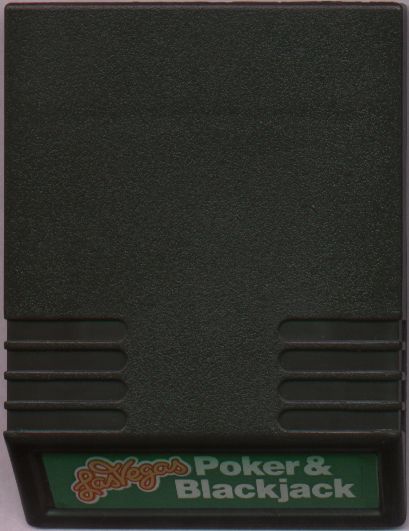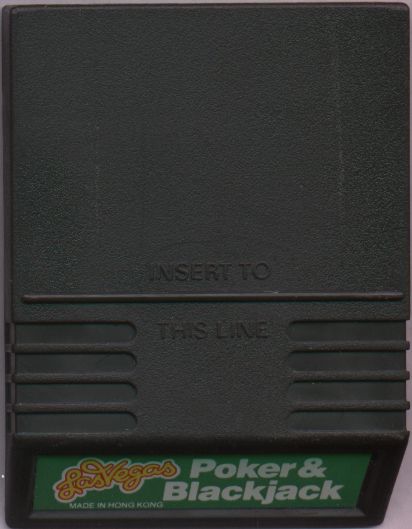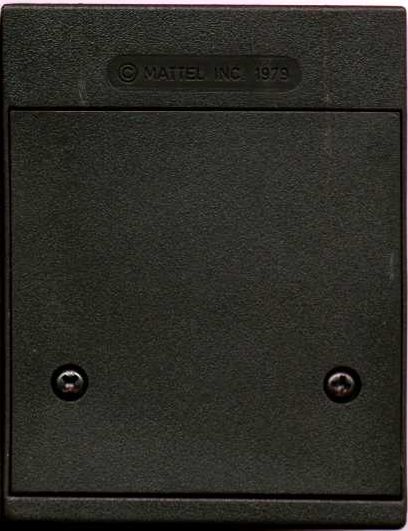|
Intellivision Games
Game Info & Reviews
Software
Mattel Electronics
Action
Arcade
ECS
Gaming
Intellivoice
Learning
Space
Sports
Strategy
1983
PlayCable
INTV Corporation
Blue Sky Rangers, Inc.
Imagic
Activision
Coleco
Parker Brothers
Atarisoft
Dextell, Ltd.
Interphase
Sega
Test
Demo
Independent
2600 Connection
5-11under
Blah Blah Woof Woof
CollectorVision
Côté Gamers
Dr. Ports
Elektronite
Freewheeling Games
Good Deal Games
Intelligentvision
Intellivision Collector
Intellivision Revolution
Inty‑Home
Kai‑Magazine
Left Turn Only
Zbiciak Electronics
Intellivision, Inc.
Sears
Digiplay
CBS Electronics
Hardware
Mattel Electronics
INTV Corporation
Sears
Tandy
GTE Sylvania
Independent
Overlays
Text Table
Mattel Electronics
INTV Corporation
Imagic
Activision
Coleco
Dextell, Ltd.
Interphase
Intellivision, Inc.
Trade Lists
Want List
Other Stuff
Technical & Repair Info
Odds & Ends
Old Gaming Magazines
Site Updates
Contact INTV Funhouse
|
Over time, subtle changes were made to the packaging used by Mattel (and later INTV Corporation) to deliver Intellivision (and eventually M-Network games). Once Mattel started making the M-Network
games for the Atari VCS (a.k.a. Atari 2600), the cartridge case was modified to have a couple of slots in one end. The M-Network "adaptor" could then be snapped onto the end. The following images
chronicle the evolution of the primary Intellivision cartridge case.
I will not attempt to chronicle here all the various ways, fonts, and locations that the Mattel copyright was put on the cartridges. Suffice to say, there are many.
|

Note the lack of the "insertion line"
|

All but the oldest carts have the "insertion line"
|
|

Older cases used Philips screws
|

Later, triangle-headed screws appeared
|
|

In late 1982 and in 1983, no screws were used
|

Finally, the "door" disappeared altogether
|
|